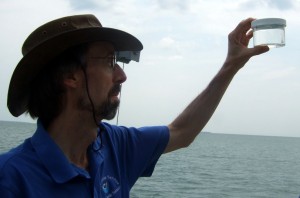Dead birds are washing up along the Sleeping Bear Dunes National Lakeshore, among them, 300 loons.
Biologists believe the birds are being killed by botulism. The disease has been blamed in the deaths of many shorebirds in the Great Lakes region, but officials say it is rare to see this many loons affected.
Up North Live.com
18 Oct 2012
L Amstutz
Location: Sleeping Bear Dunes, - Map It 
More Avian Botulism News
>>> Long-studied common loon in northern Michigan dies [Michigan, USA]
>>> The unpredictable occurrence of Type E botulism in the lower Great Lakes [CCWHC healthwildlife.ca blog]



